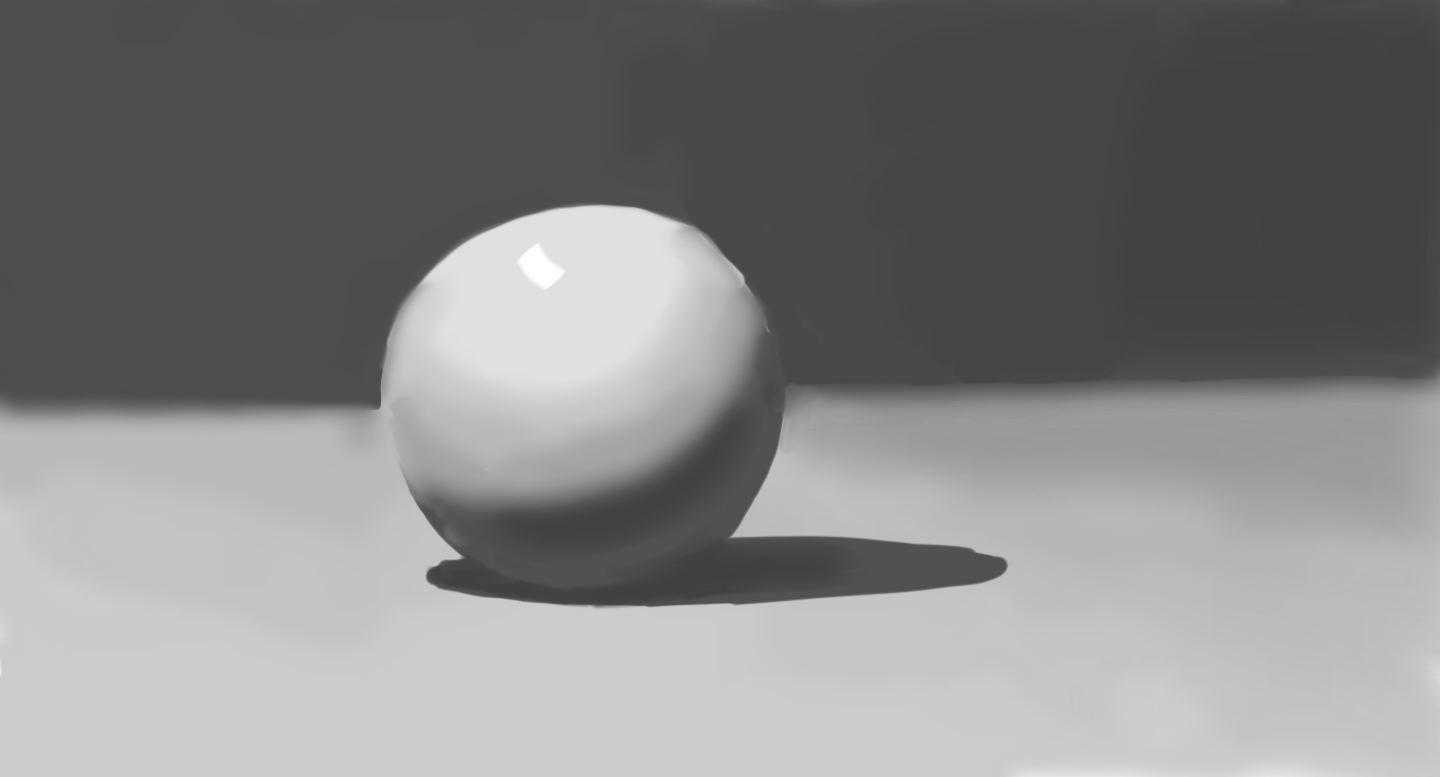For this final doc I explored the performative mode and the poetic mode. My film is a performative and poetic impression on how an apparently stagnant body of water (a lake) is in constant motion and how the sun accentuates this motion.
Nichols explores in his book the concept that performative documentaries “emphasize the expressive quality of the filmmaker’s engagement with the film’s subject [and] addresses the audience in a vivid way”. This is evident in my film because I have generated the involvement of the dancers with the lake in order to help portray the environment and impression which the lake possesses. I generate this involvement through a very vivid visual of the dancer’s reflection in the water and the dancer’s morphed images with other footage of the sun reflecting off the lake water. I, as a filmmaker, have a very obvious involvement in the film through the dancers and through the editing. I pieced the film together in a rather impressionistic manner. I morphed various shots together to emphasize the movement of the lake and its constant state of change.
To give the impression of the constant motion of the lake water, I used the performative mode with dancers to represent the movement of the water. The dancers’ movement changed tempo like the ripples on a lake change tempo. Also, to accentuate the lake’s movement I had the dancer’s image reflected from the water. This reflection intensified the dancer’s movement since the ripples created additional movement. So, even when the dancer was still he or she still appeared to be moving. This is reflexive on how the lake water can appear to be stagnant but when one looks closely there is at least a slight ripple.
The performative film which influenced my piece the most was A Study in Choreography for Cinema (1945). This film demonstrated the manner in which the movement of the human body could be effectively used to convey expressions and impressions upon an audience. I tried to incorporate the idea that film can be used to isolate specific dance elements in time and space in a manner in which live performances cannot. I tried to be conscientious of how the dancer’s movement could be crafted specifically for film to give the impression which I wanted.
Another film which was extremely influential on my piece was Joris Ivens’ poetic documentary film, Rain (1929). This film used images such as a bike’s reflection in a puddle to convey (as Nichols would describe) “a feeling or impression of what a rain shower is like rather than convey information or an argument. This is a distinct poetic perspective on the historical world.” In my film, I too, sought for conveying more of an impression and feeling of the beauty of the lake water and the sun morphing together. I tried to give the impression of the blinding rays of sunshines through the shots of the sun rays being so overexposed that they made the camera glitch.
Nichols discussed in his book Introduction of Documentary of how a performative documentary can exhibit many qualities common to poetic documentaries. This is definitely the case in my piece. I have been closely involved in the performance of the dancers which represent the movement of the water, and I have pieced the footage together in a very poetic manner. The film uses rhythm, tempo, abstract images, and is more of an impression of a place than the historical documentation of an event. Overall, my piece explores the performative and the poetic mode of documentation.























